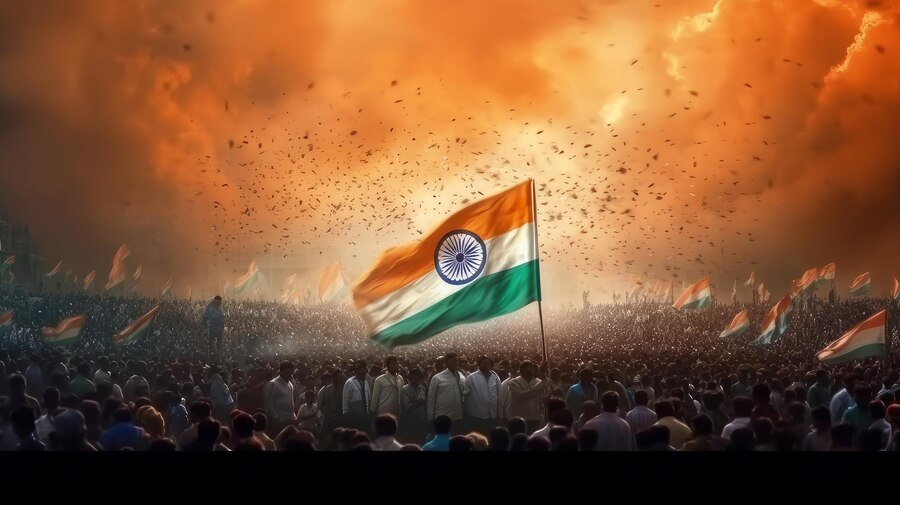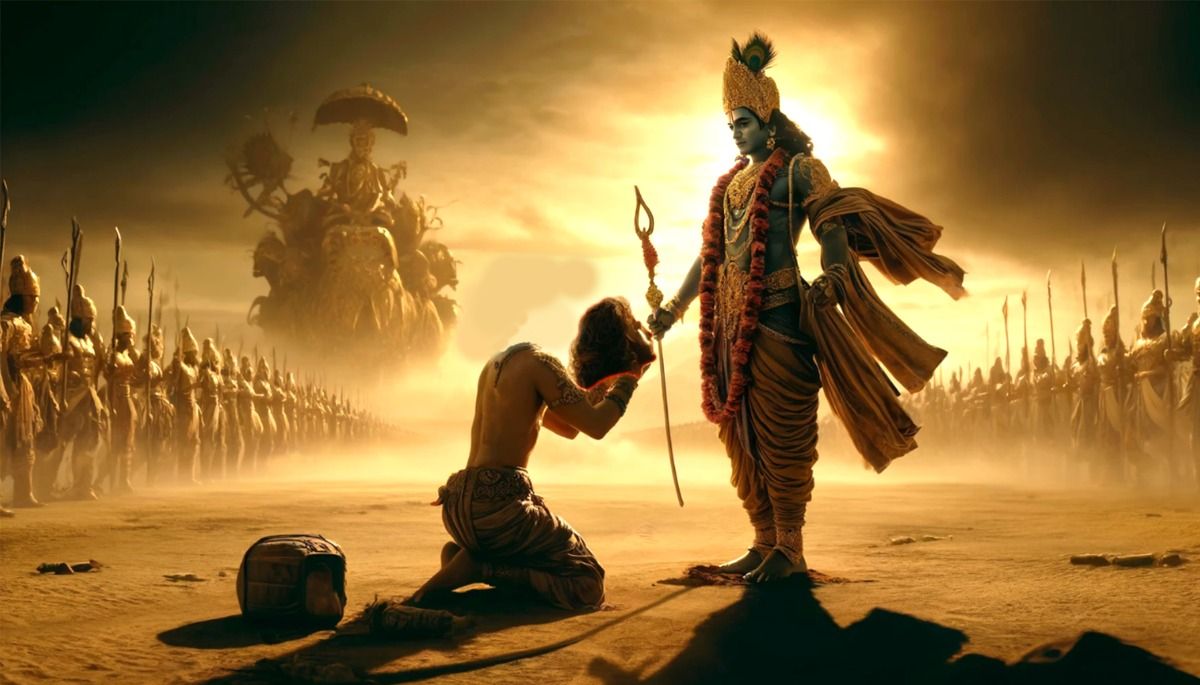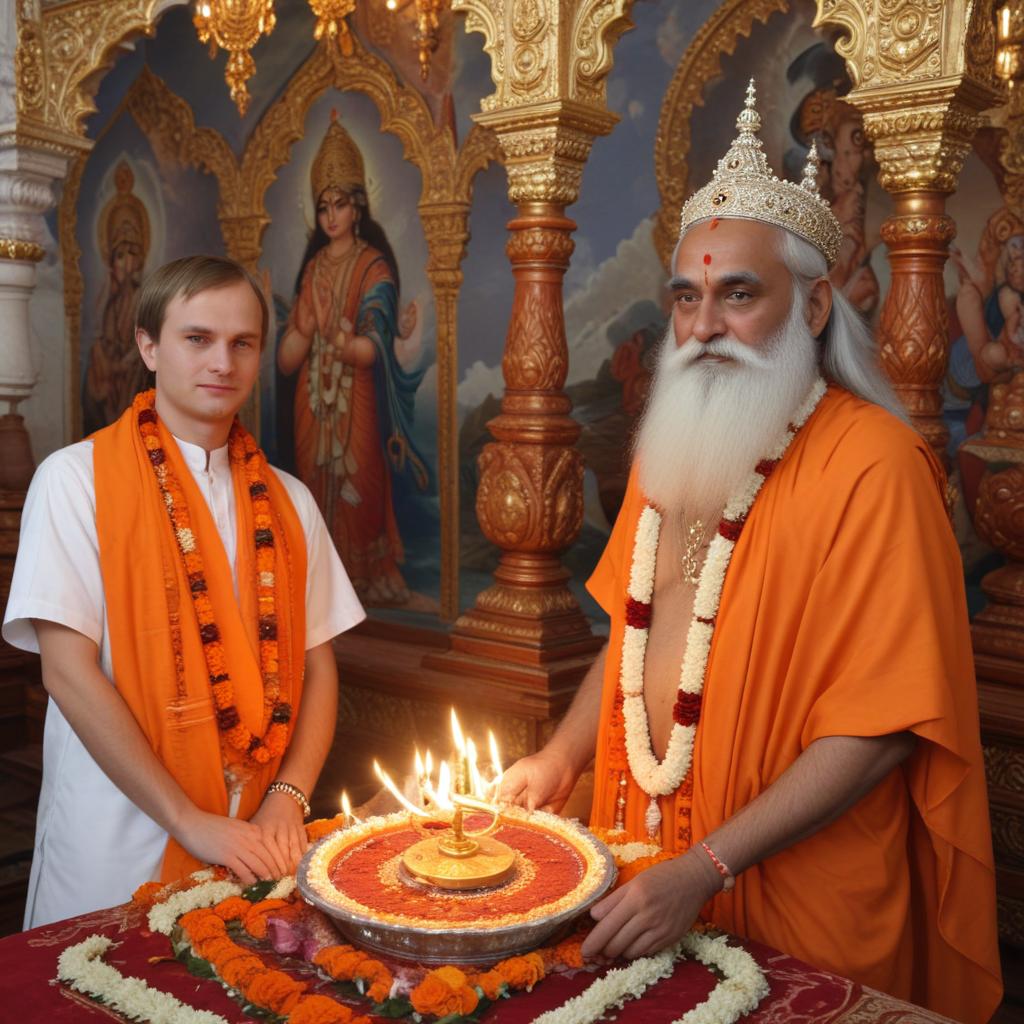India’s illustrious history unfold s through the gilded epochs of mighty empires, leaving an indelible mark on its landscape. In the ancient colossus, the Maurya Empire, founded by Chandragupta Maurya circa 322 BCE, the Golden Age dawned under Ashoka the Great, marking an era of political and cultural consolidation.
s through the gilded epochs of mighty empires, leaving an indelible mark on its landscape. In the ancient colossus, the Maurya Empire, founded by Chandragupta Maurya circa 322 BCE, the Golden Age dawned under Ashoka the Great, marking an era of political and cultural consolidation.
During the Gupta Empire’s reign from the 4th to 6th centuries CE, often hailed as the “Golden Age of India,” remarkable strides in science, art, and literature propelled the nation’s cultural zenith. The Gupta rulers, patrons of learning, fostered the flourishing of classical Indian culture during this golden era.
The Mughal Empire, born of the fusion of Central Asian and Indian influences under Babur in 1526, carved its legacy in gold. Akbar, Jahangir, Shah Jahan, and Aurangzeb, prominent Mughal rulers, adorned India with magnificent art and architecture. The Taj Mahal, a UNESCO World Heritage Site, stands as a gleaming testament to their architectural prowess during this golden era.
The British Raj, a colonial empire spanning from the mid-19th to the mid-20th century, ushered in transformative changes, albeit with a dual legacy. This period witnessed sweeping alterations in governance, economy, and society, marking both progress and exploitation in the Indian narrative towards independence in 1947, a turning point from colonial rule.
Each of these empires contributed to shaping India’s identity during its respective golden age. The Mauryas laid foundational stones, the Guptas fostered cultural flourishing, the Mughals brought syncretism, and the British added complex layers of progress and exploitation during their golden era.
Beyond these imperial epochs, India’s history twinkles with regional powers like the Cholas, Chalukyas, and Marathas, each contributing golden hues to the mosaic of Indian civilization. This diverse rule reflects India’s resilience and its ability to assimilate varied influences, shining through the tapestry of its rich heritage.
In the present day, India stands as a vibrant democratic nation, its golden ages echoing in monuments, traditions, and socio-political structures that define the subcontinent. The tapestry of India’s history, woven with golden threads of conquests, cultures, and challenges, continues to unfold, showcasing a narrative as diverse and dynamic as the nation itself.









